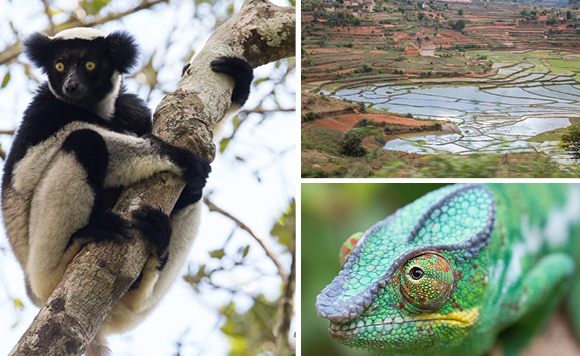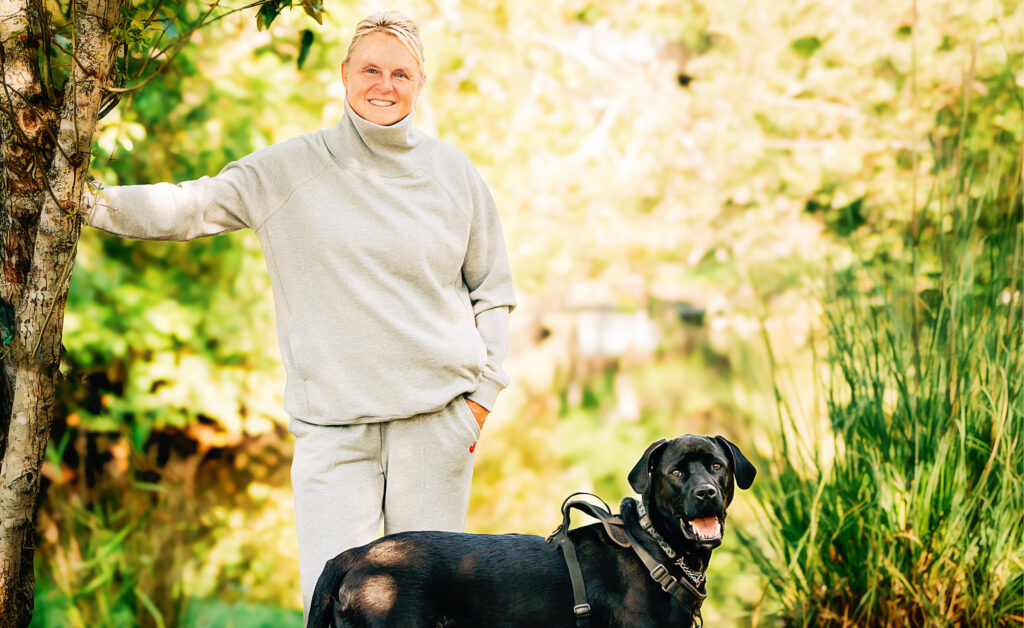by Bob Orchard –
Madagascar! What comes to your mind? Many of us we think of Disney’s Madagascar films; I just rewatched the first one and it was hilarious and yes there’s lots of lemurs in the movie. My main reason for going to Madagascar was to see the lemurs and chameleons before all the forest cover is gone – 90% of it has already disappeared.
Madagascar is located about 400 kilometres off the southeast coast of Africa. It is the fourth largest island in the world, measuring approximately 1,114 km long by 444 km wide. It became a separate island about 88 million years ago so the animals evolved in isolation. Lemurs are native only to the island of Madagascar.
We started our tour of Madagascar in the Capital city, Antananarivo, called Tana for short. The next day we drove to Marozevo and visited an exotic animal breeding centre. This is where we saw most of the chameleon species of Madagascar.
Next stop was the Analamazaotra Reserve to see the largest species of lemur, the indri or babakoto, that can weight up to 9.5 kilograms. Their calls can be heard up to four kilometres away. The park also has 10 other species of lemurs. I soon discovered that walking there was not easy: the paths are covered with roots and there are many uneven steps.
What I wasn’t expecting on this trip were the very scenic rice paddies and terracing. In the late afternoon the light reflecting off the rice paddies made for some lovely photos. They plow their fields using Zebu cattle.
Unfortunately the roads in Madagascar are in terrible shape, with huge potholes the locals call elephant nests, and numerous smaller ones too. This made for very slow travelling. In addition the airline service is not reliable. Two of our flights were delayed and one of these was cancelled. Because of these logistical nightmares we ended up having to cancel some of our planned excursions.
Down south we visited Ranomafana National Park and Isalo National Park to see ring-tailed lemurs and the golden bamboo lemur. We also saw large baobab trees. They can be hundreds of years old and for most of the year, their branches have no leaves so they look like roots, giving them the name upside-down trees. They can grow as high as 25 metres and have a girth up to 44 metres. They also produce a gourd-like fruit that is very high in calcium, vitamin C, iron and potassium.
After touring most of the southern part of the Island we flew to the north. Our last two days were spent on the Island of Nosy Be. Here we did some snorkeling. A green sea turtle was spotted by two of the members as well as numerous other colouful varieties of fish.
Madagascar is a great place to visit, but don’t be expecting four- and five-star hotels except for maybe in the Capital. I’m glad I went now before all the trees are gone. That would most likely be the end of the Lemurs and the other unique species that call Madagascar home.




